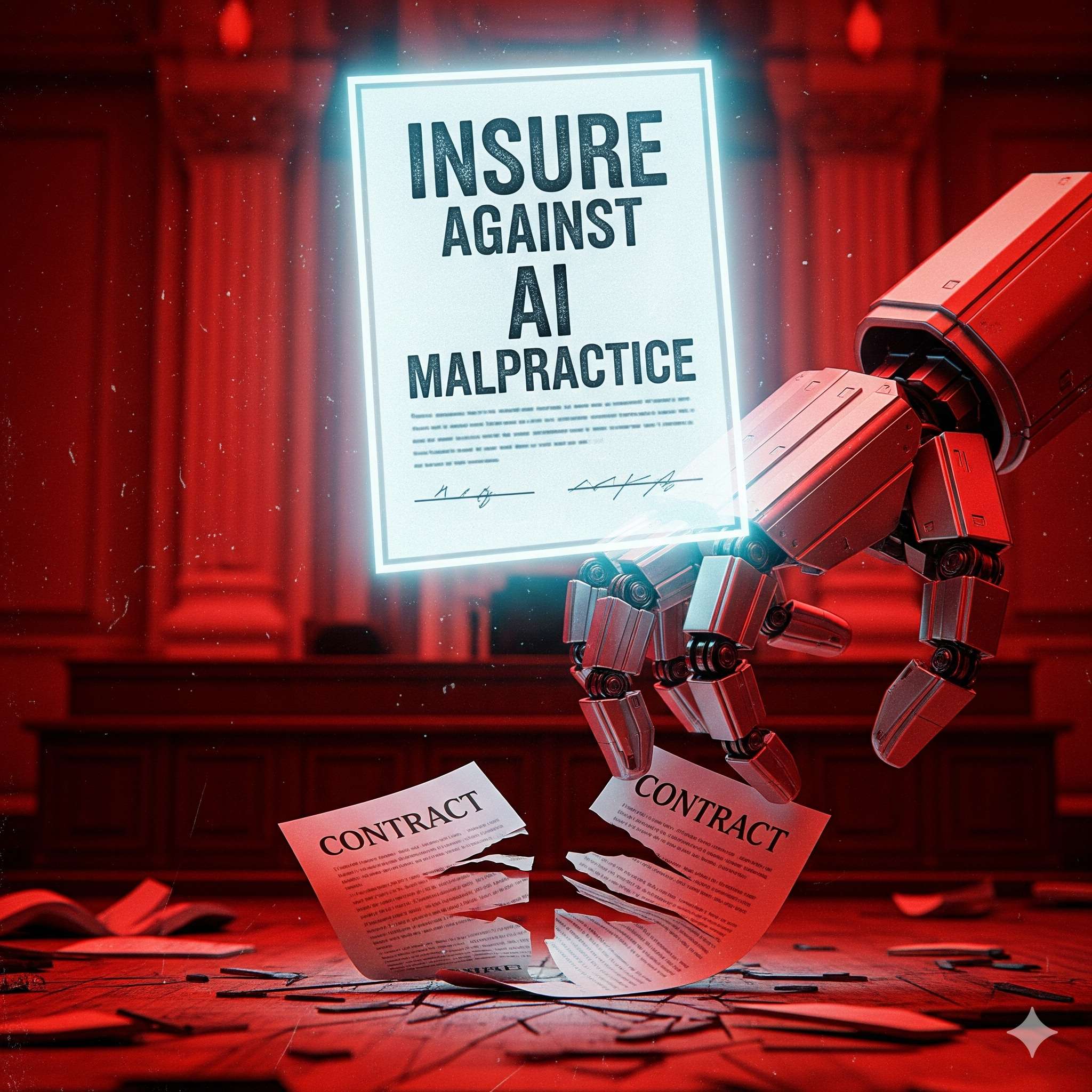
Why Overconfidence Creates AI's Black Swan Events
When companies believe their AI is "safe" or "unbiased," they stop stress-testing it. This creates brittle systems that fail catastrophically when they encounter scenarios outside their training data.
Black swan events in one minute
- Black swan — rare, high-impact events that seem obvious only after they happen.
- AI brittleness — systems that work well in normal conditions but fail dramatically in edge cases.
- Overconfidence trap — believing AI safety measures eliminate the need for ongoing testing.
How overconfidence creates systemic blind spots
- Reduced stress testing → companies stop probing for failure modes they think they've solved.
- Audit complacency → "our AI is bias-free" leads to less frequent bias audits.
- Edge case neglect → focus on common scenarios, ignore rare but catastrophic possibilities.
Real-world black swan scenarios
Scenario A: A hiring AI works perfectly for 2 years, then suddenly discriminates against candidates with non-Western names when the job market shifts. The company stopped bias testing because early audits showed "no issues."
Scenario B: A medical AI accurately diagnoses common conditions but completely misses a rare disease outbreak. Overconfidence in its "comprehensive training" meant no stress tests for unusual symptom patterns.
Scenario C: A financial AI manages risk well during stable markets, then amplifies losses during a black swan economic event. The firm reduced monitoring because the AI had "proven itself reliable."
Historical precedents for overconfidence failures
- Credit rating agencies pre-2008 — "sophisticated models" missed systemic housing risks.
- Cybersecurity complacency — companies with "proven" security get breached by novel attack vectors.
- Financial risk models — Long-Term Capital Management's "Nobel Prize-winning" models failed catastrophically.
Why AI amplifies black swan risk
- Scale and speed — AI failures affect thousands of decisions simultaneously.
- Correlation blindness — AI may miss connections between seemingly unrelated factors.
- Training data gaps — rare events by definition have little historical data to learn from.
Warning signs of dangerous overconfidence
Watch for these organizational patterns:
- Audit frequency reduction — "we tested it thoroughly last year"
- Edge case dismissal — "that scenario is too unlikely to worry about"
- Stress test elimination — "our AI handles normal operations fine"
- Human oversight reduction — "the AI rarely makes mistakes anymore"
Insurance: black swan event coverage
- Catastrophic loss coverage — some policies cover large-scale AI failures.
- Business interruption — black swan AI events can shut down operations.
- Systemic risk exclusions — many policies exclude "unforeseeable" events → learn more about AI coverage gaps.
Five questions to prevent AI black swans
- When did we last stress-test our AI with unusual or extreme scenarios?
- Are we reducing oversight frequency because our AI "works well"?
- What edge cases are we dismissing as "too unlikely" to test?
- How would our AI perform if key assumptions about our operating environment changed?
- Does our insurance cover catastrophic AI failures and systemic risks? See our 5 questions to ask your insurer.
No email required — direct download available.
Avoid the overconfidence trap with the complete playbook
This article is based on content from The AI Risk Playbook, which includes stress-testing frameworks, overconfidence checklists, and ROI reality-check worksheets to help you spot blind spots before they become costly mistakes.
Includes 5 toolkits, conversation guides, and interactive worksheets